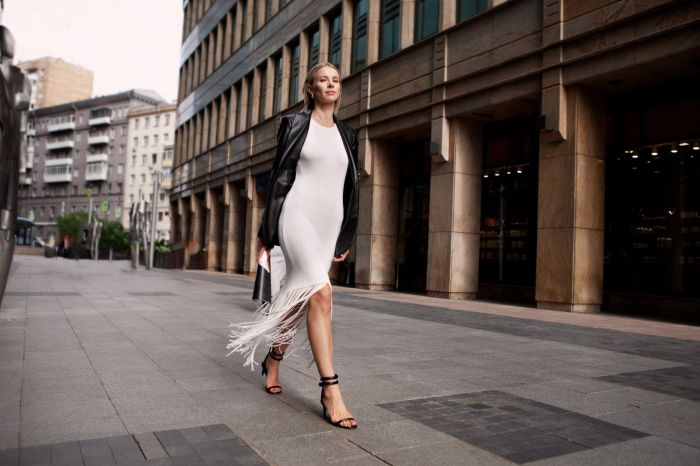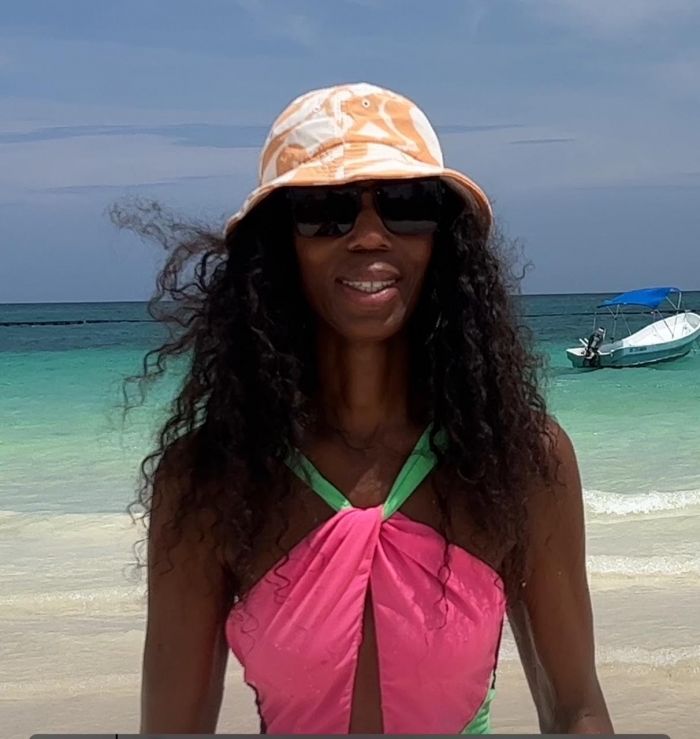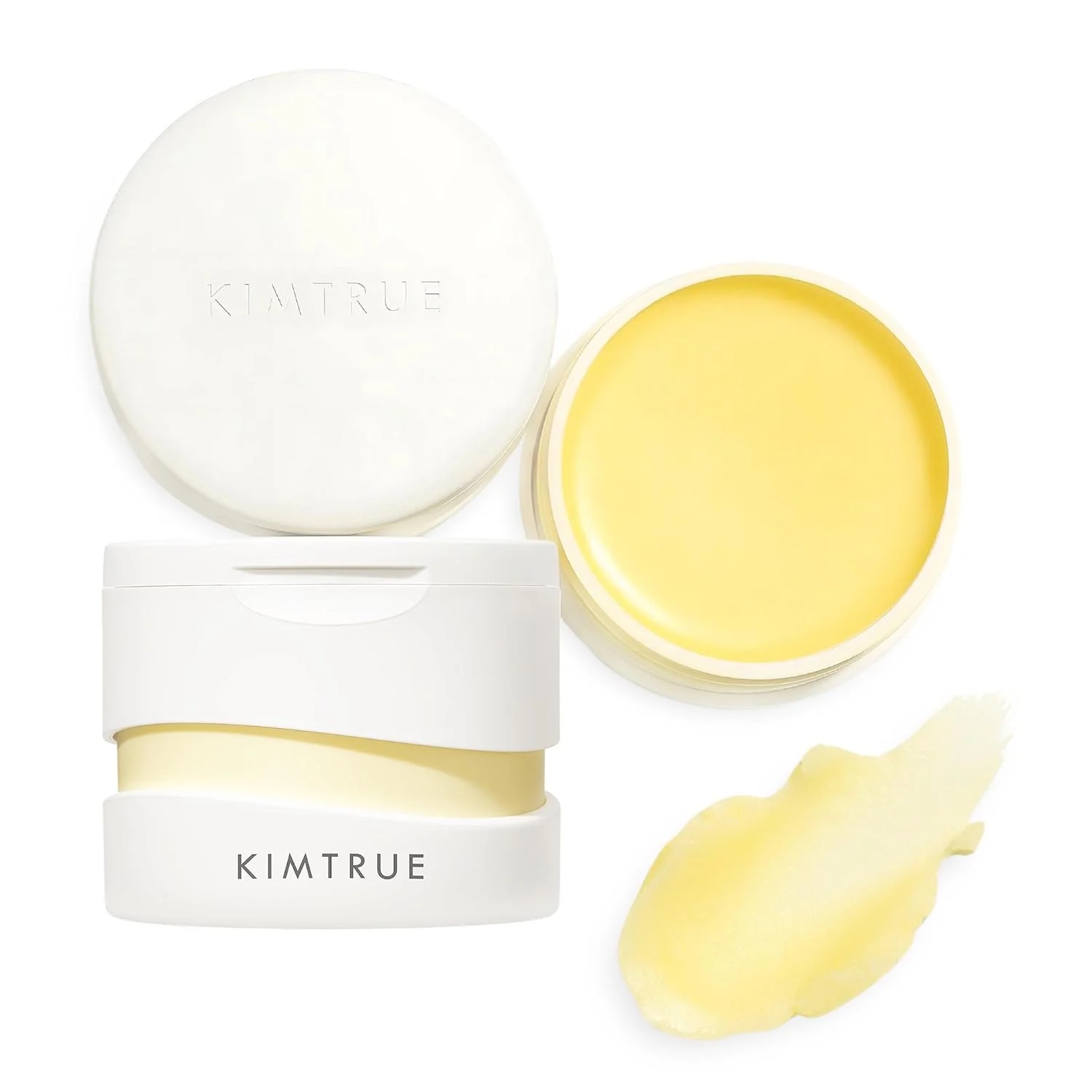
Colombia is a beautiful country. It has many attractions that make it unique and that differentiate it from other destinations around the world: cities and towns that maintain the colonial footprint, modern buildings, mountains, dream beaches, the most varied flora and fauna, a particular gastronomy, and many attractions for all ages.
Something very particular about the country is the crafts, and within them are the Colombian Wayuu bags. These backpacks are made by indigenous people and are very popular throughout the region. Their vibrant colors make them synonymous with style, originality, and joy.
A clear example of this is the Wayuu Iris Bag, which is multicolored and can be used in different ways thanks to its straps, or the Wayuu Etnico Clau Bag, which is a perfect combination of colors with nickel-plated hardware that makes it a delicate and cool accessory at the same time.
In addition, they have a handmade component because those who make them maintain ancestral weaving techniques.
A Little History
According to legend, Wale' Kerü was a spider capable of weaving sashes and “chicharron" in a short time. When the members of the community asked him how he had managed to do it, the spider decided to explain it to a single woman, who told other women that the animal would teach them if they gave him another animal in exchange.
The legend also mentions that this woman fell in love with a Wayuu and ran away together. Her fiancé's mother gave cotton to the animal so that it could weave, but the spider ate the material, and, from its mouth, the thread began to sprout, ready for weaving.
Wale' Kerü taught the women how to weave, but she always reminded them that they had to pay attention because she could not explain it to them repeatedly. In this way, Wayuu weaving has become a cultural and ancestral heritage and a way of expressing oneself and conceiving life.
The Wayuu community
This is a matriarchal community where women dedicate themselves to weaving. The main product is the typical backpack, but they also weave hammocks and blankets. Men, for their part, are in charge of raising sheep, planting corn, and making musical instruments or footwear.
Women do their knitting by crocheting, and they need to finish a product in approximately 20 days.
Materials used for weaving
Many years ago, women used cotton, fique, and vegetable fibers. After the arrival of the Spanish, sheep wool and horse mane were the raw materials chosen.
They also use other natural fibers that are typical of the region. Acrylic is currently widely used because it is a cheaper fiber.
Discover the different types of Wayuu bags
The Colombian Wayuu bags are the maximum expression of this community's fabric. You can recognize one by its colors and original designs. Each backpack has a particular name that depends on its shape, size, colors, and purpose.
- Susuchon or Woot Backpack: This is a small backpack worn by men because they hang it from their belts. Women can also use it, but it is common for men to wear it.
- This backpack has a fringe tassel sewn into the core and a drawstring that adjusts to the sash. This product is woven with cotton or wool, its colors are bright, and it is ideal for storing money or small things.
- Susu Backpack: This backpack is woven using the crochet technique. It can be found in different shapes: square, rectangle, or cylindrical. One side is open and can be closed with a colored braid.
- This backpack is ideal for storing more oversized items, as its size can measure up to 30cm wide and 35cm high.
- Kapatera Backpack: This backpack is larger than the previous model and is usually used by men to store clothing.
- Susuainiakajatu: this product can measure up to 70cm wide and 70cm high. This backpack is made of cotton and is used by women to store clothing and objects needed when traveling. If this backpack is heavy, they carry it on donkeys or their heads.
- Maikisia Bags: this bag is woven in a single color or with many shades, and its designs are different since points or spirals can be combined. A characteristic of these bags is that they have cords as closures that end in tassels imitating flowers.
- Piula or Kattowi: This object is made to store and transport utensils. They are woven with the fingers, and the primary material is leather.
- Susu Uttiakajamatu: This bag is woven with natural fibers, maintaining its natural color. Women use these products to store large and heavy objects such as firewood, for example. It is normal to find some of these bags decorated with threads of many vibrant colors.
It is true that accessories can bring freshness, joy, and a distinctive touch to any outfit like the Wayuu Isabella Bag, for example, and turn it into something authentic and typical of a region. But backpacks are not only a fashion symbol. With them and their history, the aim is to demonstrate that women's independence is a very important value in addition to empowerment and that people can remain in full harmony with nature.














